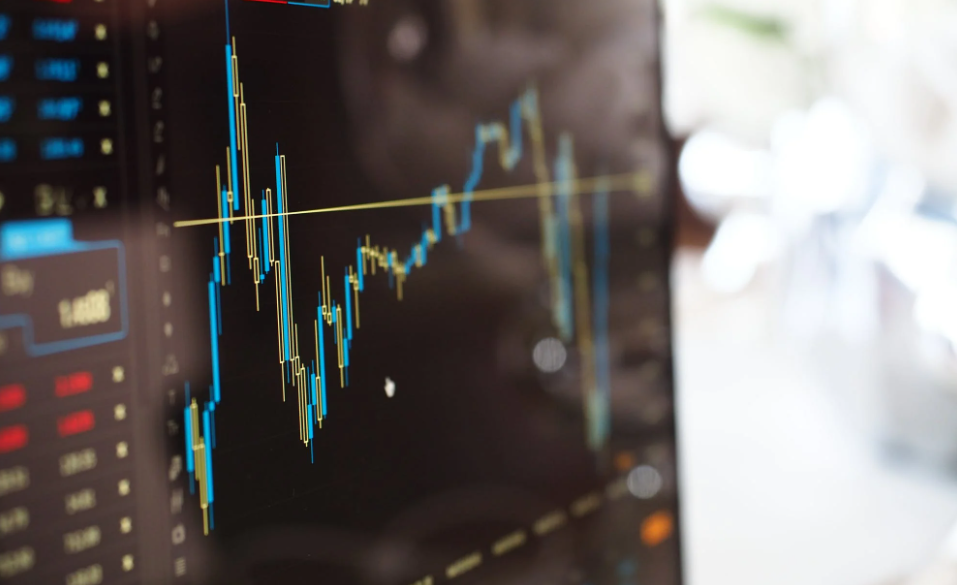JK Capital: Liquidity needs to find a home
JK Capital: Liquidity needs to find a home

Fabrice Jacob, CEO JK Capital Management Ltd., a La Française group-member company, comments on recent market developments.
More recently, the Anxin county of Hebei province that is located 150km from Beijing completely locked down its 400,000 residents after only 18 new cases were reported.
The very strong performance of Chinese equity markets in June did not come to us as a total surprise. The measures taken by the Chinese government to prevent any "second wave" of coronavirus from hitting the economy were drastic and, admittedly, efficient. We saw how entire neighborhoods of Beijing were put in full lock-down in the middle of June when approximately 100 new cases were identified in the vicinity of a food market.
The prevailing rule across Asia has been to re-open the local economies without letting people in and out of any country. Borders remain tightly sealed with quarantine procedures being strictly enforced for returning nationals. Even within the small triangle that consists of Hong Kong, Macau and Shenzhen where we are based, there is no sign that borders will reopen anytime soon despite none of these three cities having had new cases for weeks, if not months.
This policy seems to have worked well, judging by the macro numbers, China being at the forefront of the recovery alongside Taiwan and Korea: The official manufacturing PMI of China rose from 50.6 in May to 50.9 in June, beating the Bloomberg consensus of 50.4. The non-manufacturing PMI showed the same trend, up from 53.6 in May to 54.4 in June (Bloomberg consensus was 53.5). The Caixin manufacturing PMI also showed an acceleration in the turnaround in June with a 51.2 reading, up from 50.7 in May (the Bloomberg consensus was 50.5). Industrial production was 4.4% higher in May 2020 than it was in May 2019, industrial profits were 6.0% higher than they were a year ago. Retail sales were still 2.8% lower in May 2020 than they were in May 2019, but it was still a marked improvement from the -7.5% recorded in April. It is widely expected that the June sales numbers will show an increase year-on-year as the pace of recovery is accelerating.
As the macro picture of China is improving, we expect to see a positive spill-over effect on the rest of Asia as trade resumes. China will most likely play once again its role of economic locomotive for the region.
The only country under our coverage that remains worrying is India where the number of new Covid-19 cases keeps on rising day after day, in sharp contrast with all other countries of Asia. Furthermore, military tension in Ladakh, at the border of China and India, left at least 20 soldiers dead earlier this month and opened up a new period of tension between the two countries at the worst possible time. The macro outlook of India is dire with Moody's now anticipating a -3.1% drop in GDP this calendar year while Crisil, the Indian subsidiary of S&P is anticipating a 25% drop in GDP for the April to June quarter.
Back to China, the macroeconomic picture is one reason for the outstanding performance of Chinese markets this month. The other reason is the injection of liquidity by western Central banks that is finding its way towards emerging markets. According to Bloomberg, foreign investors were net buyers of mainland Chinese "A" shares (listed in Shanghai and Shenzhen) to the tone of USD7.4bn in June. We believe this flow of liquidity will not stop here as China is actively opening its financial markets to foreign investors - banks and insurance companies can now have their own 100%-controlled operations in China.
As onshore financial markets open up wider, we expect MSCI to increase further its weighting of A shares in its indices. By moving step by step, so far MSCI has only included 20% of what it ultimately wants to include in A shares, thus leaving room for five times more weighting in all its global and emerging markets indices.
The ongoing quantitative easing by the Fed and the ECB is not going to end anytime soon despite being already truly mindboggling: As the Covid-19 keeps on spreading in the West, even more liquidity injection is to be expected. To put numbers in perspective, Gavekal, a macroeconomic research firm, calculated that the current Covid-19 program of government spending by the United States, already adding up to USD3.7 trillion, is equivalent in today's dollars to almost 4 times the cost of the Vietnam war, 24 times the cost of the entire Apollo space program by NASA and 20 times the cost of the Marshall Plan that rebuilt Europe after World War II.
All this liquidity needs to find a home at a time when interest rates are either negative or close to zero across developed countries. Emerging markets, and especially Chinese markets that run particularly deep, are the logical beneficiaries, together with luxurious properties and collectible items.
Having adopted a prudent fiscal and monetary policy during the Covid-19 outbreak, PBoC kept Chinese interest rates at an attractive level: a 10-year Chinese government bond currently yields 200bps more than its US equivalent and 330bps more than its German equivalent.
Finally, the Hong Kong market saw a strong bout of activity during the month of June with the listing of Netease and JD.com. These two companies acted in a pre-emptive way ahead of the possible forced delisting of their ADRs from the New York Stock Exchange, alongside all other Chinese ADRs that the US Congress wants to see delisted. This is potentially USD1.5 trillion of market value spread over approximately 250 companies that are likely to be transferred from New York to Hong Kong, Shanghai or Shenzhen within the coming two to three years.
Source of Figures: Bloomberg


